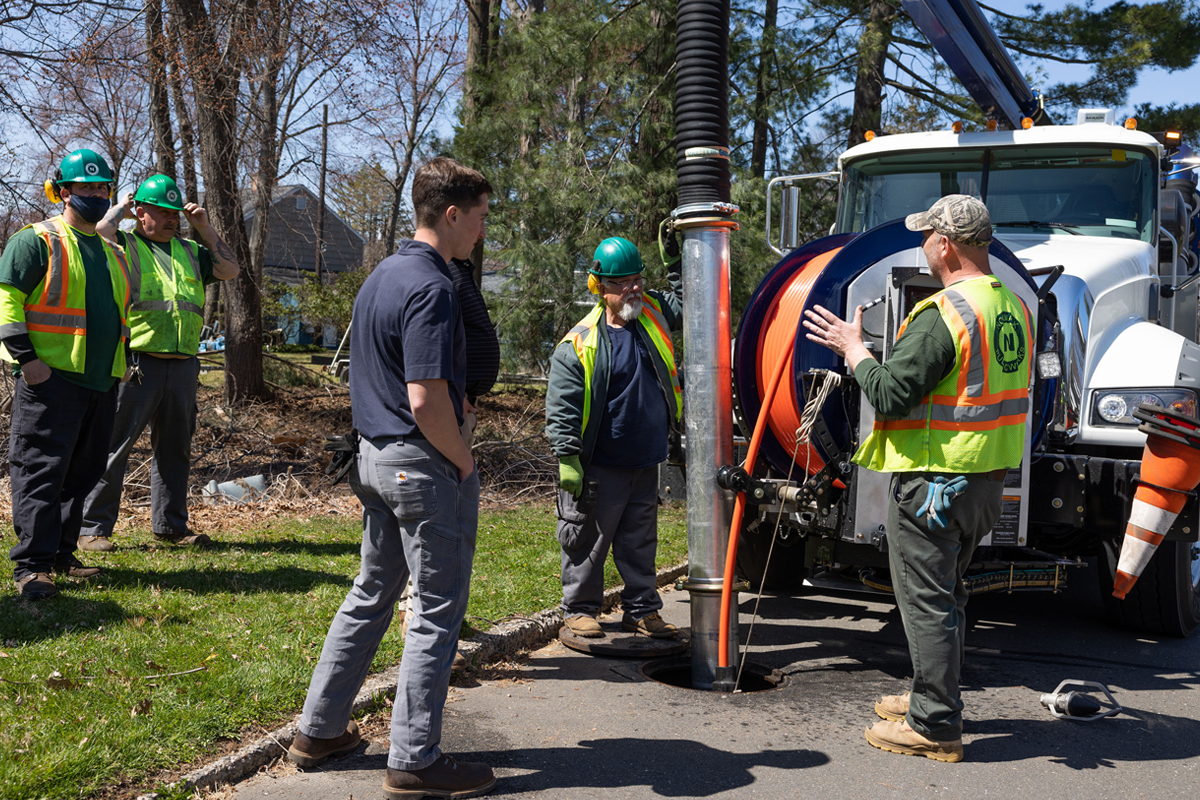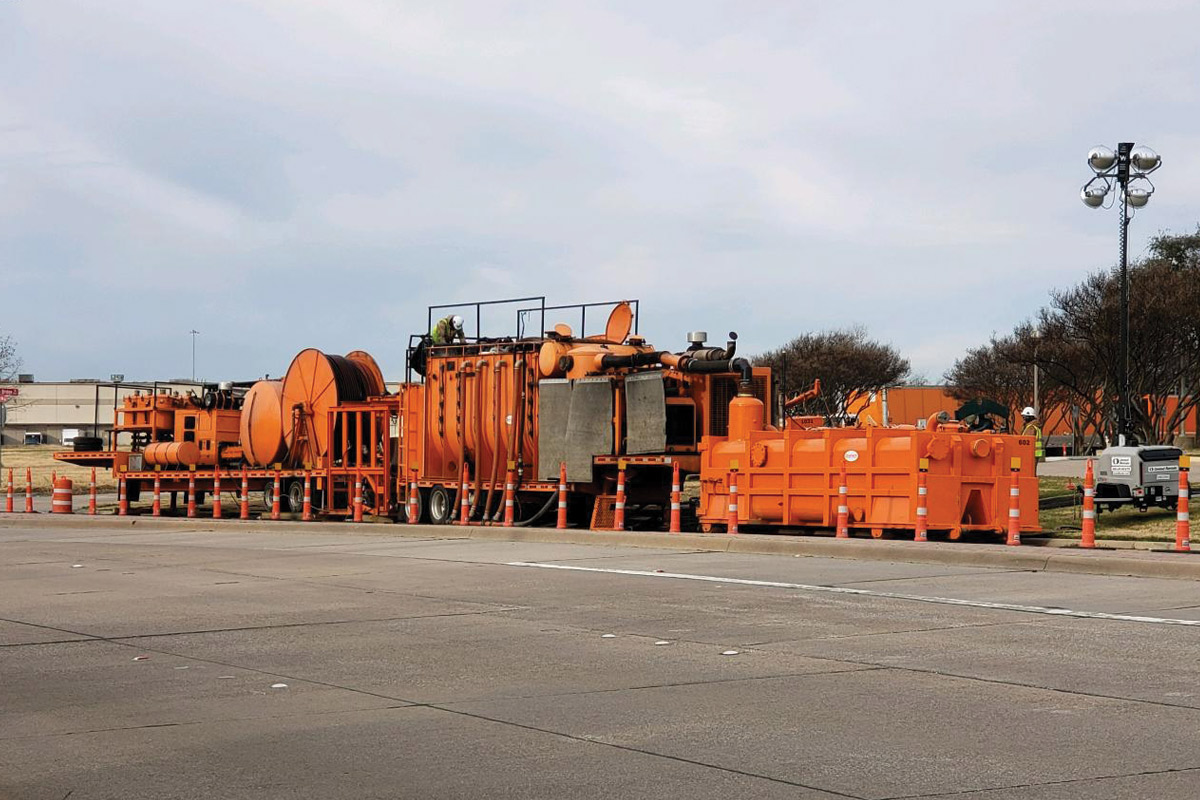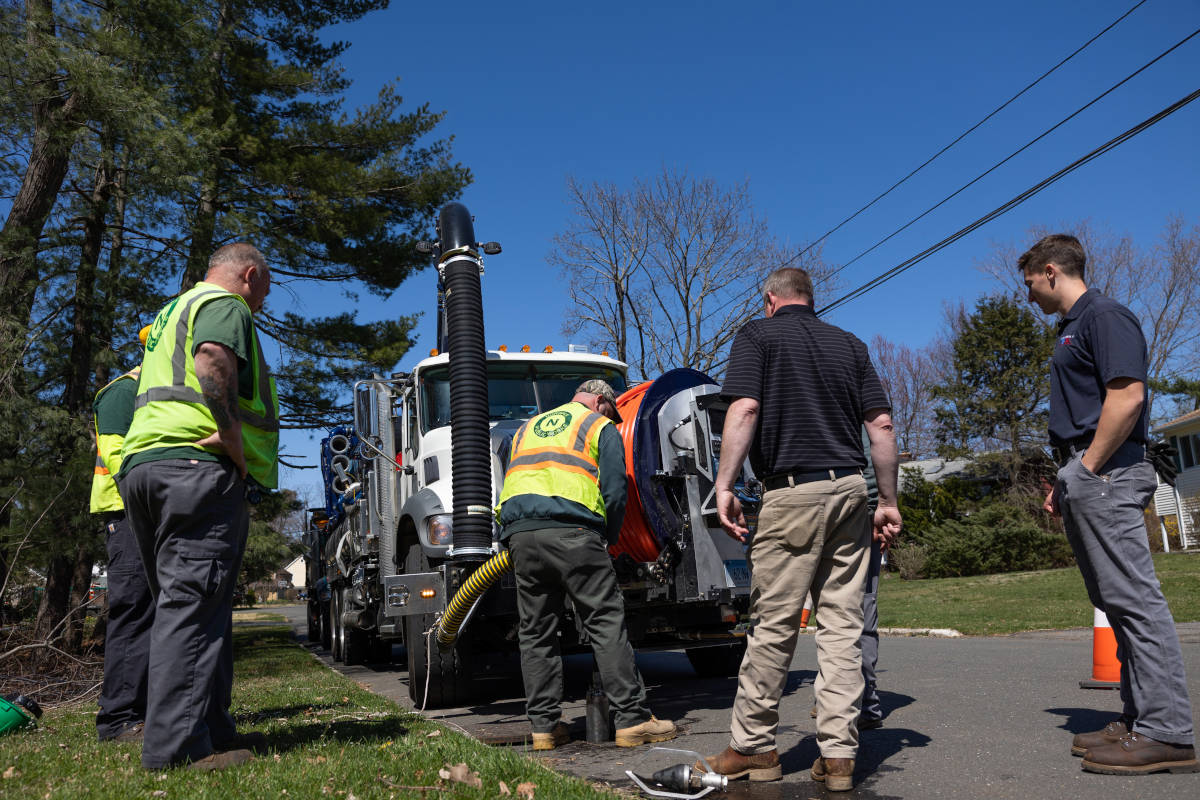Using Software for Reducing FOG Problems
August 30, 2011
 One important component of municipal Capacity Management and Operations Maintenance (CMOM) initiatives at municipal sewer agencies across the nation is reducing sanitary sewer overflows (SSOs) by reducing the volume of grease entering sewer systems. Grease in sewer systems accounts for about 30 percent of SSOs in the United States. Grease compounds the problems associated with aging sewers, reduces capacity and increases maintenance costs.
One important component of municipal Capacity Management and Operations Maintenance (CMOM) initiatives at municipal sewer agencies across the nation is reducing sanitary sewer overflows (SSOs) by reducing the volume of grease entering sewer systems. Grease in sewer systems accounts for about 30 percent of SSOs in the United States. Grease compounds the problems associated with aging sewers, reduces capacity and increases maintenance costs.By grease, I mean, “trap grease.” Trap grease is introduced into sewer systems when restaurants, cafeterias and other types of food service establishments (FSE) clean dishes, pots and pans. Trap grease is also known as, “brown grease” or “FOG–fats, oils and grease.”
Grease removal devices (GRD) are grease traps and interceptors installed at the FSE to remove the grease from the wash water. GRDs only remove grease if they are properly maintained. Otherwise, grease goes into the sewers and will block up pipes, lift stations and manholes, which in turn causes sewage backups into residences, commercial buildings, streets, parking lots or sidewalks — all major health and safety hazards.
Proper maintenance of grease traps and interceptors requires that the trap be pumped out completely and an inspection of the GRD performed and documented. Municipal Grease Reduction Programs (aka FOG programs) are instituted to stop FOG from entering the sewers by mandating and regulating FSE to properly maintain their grease traps and grease interceptors.
Software is a requisite tool for managing data needed and accumulated in FOG programs. The volume, organization and time-sensitive nature of the FOG program data all point to using software to manage, sort and report lists of FSE, the GRD and the schedules of both.
Types of FOG Software
Spreadsheet Software: Typically the first software tool of choice, this type of software is easy to get started with and is readily understood by most people. Advantages of spreadsheets are that they are very low cost to implement and that their use is intuitive — spreadsheets act a lot like a whiteboard list of the FSE. The disadvantage of spreadsheets are that the data integrity is the responsibility of the user(s) and that there can be no more than one user at a time. Also, it is difficult to associate one facility to many inspections.
Custom or Home Grown Software: This type of software is developed specifically for your FOG program and as such is typically somewhat easy to implement because the software usually matches your language and your operating procedures. That is a big advantage like having a custom suit made, the software typically ‘fits’ your program well, thereby reducing training and startup costs. The disadvantage is that custom software is expensive to build and to maintain. The puzzle here then is to evaluate whether reduced custom fit is worth the cost of acquiring and maintenance.
Commercial Off-the-Shelf Software (COTS): This type of software is made by a software company and the same version (or code base) is sold to many clients. This type of software is somewhat generalized in design, that is, uses industry or generic terms and procedures instead of your FRP names and conventions. It can take longer to startup up COTS because the training curve requires the students to learn more. COTS usually costs more than spreadsheets, but less than a custom solution and typically new versions of the COTS are produced annually by the COTS vendor.
Using Software for FOG Programs
All FOG Programs from the software standpoint have three phases of implementation: 1) Startup; 2) Routine Operations; and 3) Analysis and Reporting. Let’s say you were tasked with starting up and operating a FOG program. Where do you begin and what do you do?
Startup: The startup phase involves getting the list of FSE connected to your system into the software. Typically, you would get a list of FSE from the health department or business license department. A good FOG software program will have a way to electronically import a list of FSE, so that you will not have to re-type all those names and addresses. Next, you will schedule the FSE for initial inspections in the FOG software and prepare inspection forms for recording the results of the inspections.
Routine Operations: Once the list of restaurants is in the software, you would next need to journey into the field to inspect the FSE and record what type of GRD they employ and how often it needs to be maintained. When doing inspections, you will distribute Best Management Practice (BMP) materials and record who you spoke with at the FSE. After each inspection, you would schedule the GRD for maintenance in your FOG software, so that you can track all FSE for compliance with their trap maintenance schedule.
Routine operations involve adding new FSE, updating information about existing FSE and verifying maintenance schedules are being met. Many FOG programs require the FSE to mail, fax or email proof of trap maintenance. These maintenance documents are entered into the FOG software to maintain a running history of activity at the FSE.
Analysis and Reporting: This is the fun and real reason you’ve gotten FOG software — to quickly and accurately be able to determine trends and problems with FSE and their maintenance schedules, then print or email reports to the appropriate person(s). Good FOG software should enable you to quickly make a list of all active FSE or all FSE with in-ground interceptors. You should be able to make a list of FSE that are late maintaining their GRDs and then send violation notices to those FSE and schedule follow-up to make sure they are working to achieve compliance. Good FOG software will produce reports that detail number of inspections conducted, what the compliance ratio of the FSE is and where problem areas exist.
Michael Connolly is president of Linko Data Systems Inc., which is based in Wheat Ridge, Colo.




